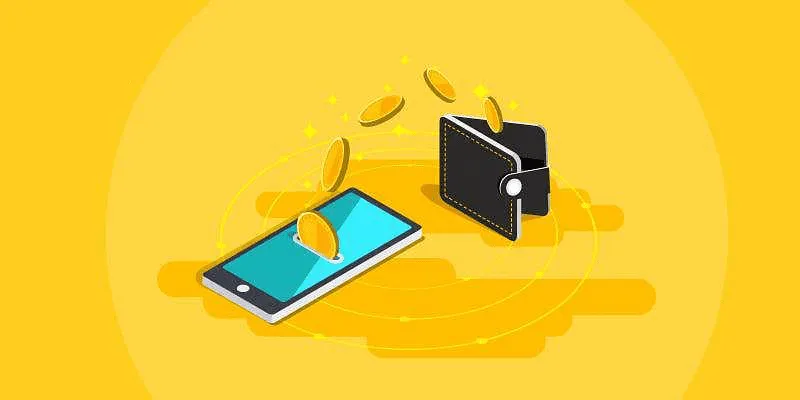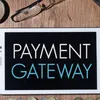Innovative digital products can ease payment constraints during difficult times
COVID-19 outbreak has underlined the need for digital payments to minimise payment constraints during hard times. Here are a few modes that can help consumers in the present circumstances.
The far-reaching spread of coronavirus has emerged as one of the biggest threats to the economy and financial markets world over. Industries across every sector are bearing the brunt of the horrifying impact of COVID-19.
Countries and governments are taking several measures to contain the cascading effects of the pandemic outbreak across the world. Among numerous precautionary measures, the COVID-19 outbreak has also underlined the need for digital payments to eliminate the payment constraints during such hard times.

At such a crucial time when social distancing is essential and practised by many, digital payments seem like a good idea. Even the RBI has emphasised on transacting digitally and has urged customers to use online banking facilities, ensuring contactless transactions. These days small grocery stores, OTT, online gaming, e-learning, ATM withdrawals and broadband usage are also giving a boost to the use of digital payments.
So, let’s have a look at a few of the digital payment modes that one can opt for in the current circumstances.
QR code
Quick Response Code-based payments are gaining popularity in contemporary payment apps and devices. One can easily scan a QR code to pay for fuel, grocery, utility bills, fuel, food, travel and several other services. QR codes can be scanned both from paper and screen, facilitating instant payments and fool-proof security.
When a customer requests to pay via QR, the merchant needs to select the ‘QR Code’ payment option on the terminal and input the bill amount. It will generate a dynamic QR code on the PoS screen which can now be scanned by any mobile-based QR app being used by the customer. If a merchant cannot invest in a PoS Terminal, he/she can use the mobile-based QR app to generate static/dynamic QRs. It also reduces transaction errors and the need to input any transaction-related data.
Loyalty solutions
Instant redemption of loyalty rewards through digital payments is driving new opportunities for financial institutions. Loyalty apps and mobile payment strategies are really going to shape the way customers shop and redeem their points. This form of digital payments can help attract millennials, who are mainly smartphone users and early adopters of digital payments. The new process is also enabling customised, location-based instant offers to create exciting new customer experiences.
Through these digital wallet-linked rewards, companies are leveraging unique visual programme branding and personalised messaging to associate customers and to also build a more favourable view of the brand.
Due to tokenisation and encryption, digital loyalty solution method is not only safe and secure but also convenient.
Billing software
Online invoicing software is an excellent substitute for the old accounting systems. It allows you to manage these processes more effectively, thus, in turn, allowing you to save a ton of money and time. There are multiple invoicing software options available today that allow you to easily send out personalised invoices.
These applications and software help you create and send professional and custom invoices, sales receipts and estimates, track sales, expenses and profits, and schedule recurring payments to save time. Also, it manages and pays bills.
SMS-based payment
There are different types of mobile payments, with functionality revolving around various POS factors. SMS payments are the ones where a customer pays for products or services via an SMS link sent by the merchant. The usage of SMS-based payments is high in the service-oriented industry like restaurants and salons who prefer advance payments for booking/reservation.
With the penetration of advanced smartphones and the introduction of newer modes of payment, SMS-based payments have become less popular, whereas its scope remains high in the service segment.
UPI
Unified Payments Interface (UPI), developed by National Payments Corporation of India (NPCI), is an instant payment system. When a customer requests UPI payment mode, the merchant needs to select the ‘UPI payment’ option on his PoS terminal and input the bill amount. This will generate a dynamic QR code on the PoS screen, which can now be scanned by any mobile-based UPI app being used by the customer.
According to NPCI data, the number of transactions via UPI continues to rise, hitting 1.3 billion transactions in December 2019.
Payment gateway
Amid COVID-19 outbreak when people are being encouraged to maintain social distance, there has been an increase in orders placed on ecommerce websites and apps for groceries, entertainment and food. A person availing any such services on ecommerce platforms can opt to pay through a payment gateway.
It ensures sensitive information, such as credit card numbers, entered into a virtual terminal or on an ecommerce website, is passed securely through various channels, thus making digital payment option safe and secure.
Contactless payment (Tap & Pay) on PoS terminals via credit/debit cards
The Near Field Communication (NFC) feature on PoS terminal allows one to easily make contactless payment to retailer for purchase at their store. The customer can choose to pay via their contactless credit/debit cards or through a Tap & Pay feature on a mobile application by tapping their smartphones on the PoS terminal.
To conclude, let’s opt for safe and easy digital payment modes and ensure that we follow precautionary measures to fight the pandemic together.
Edited by Javed Gaihlot
(Disclaimer: The views and opinions expressed in this article are those of the author and do not necessarily reflect the views of YourStory.)








